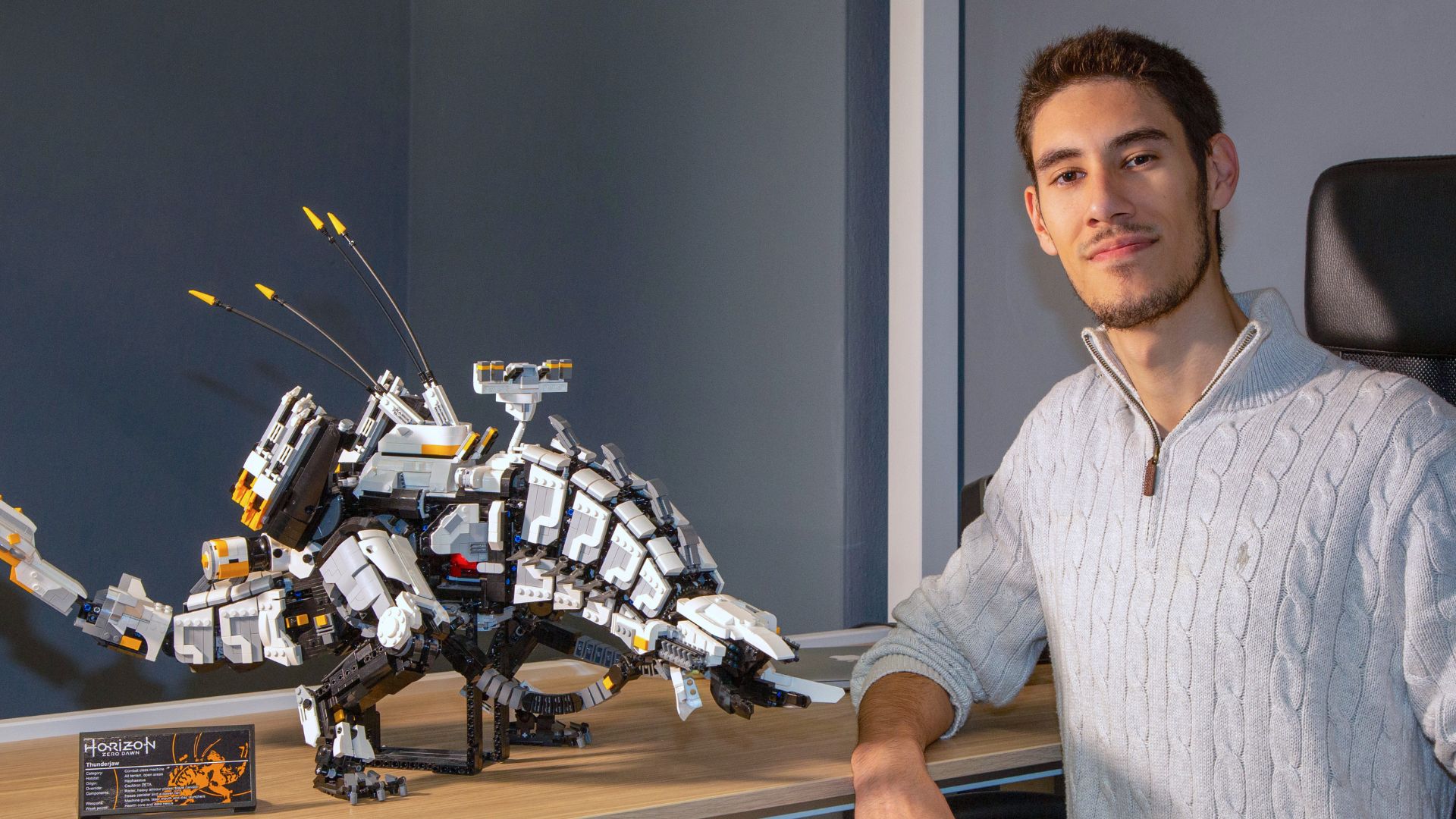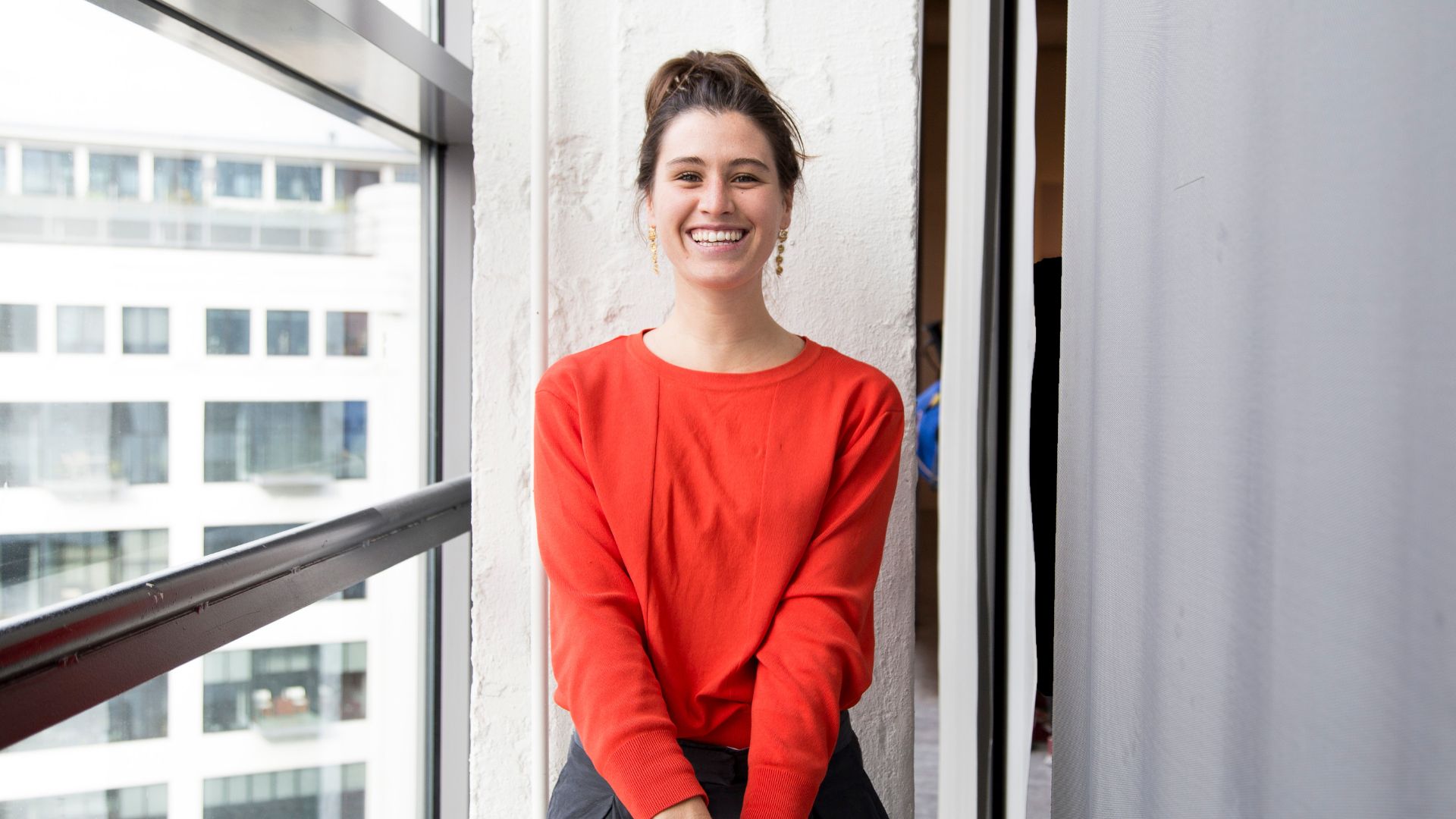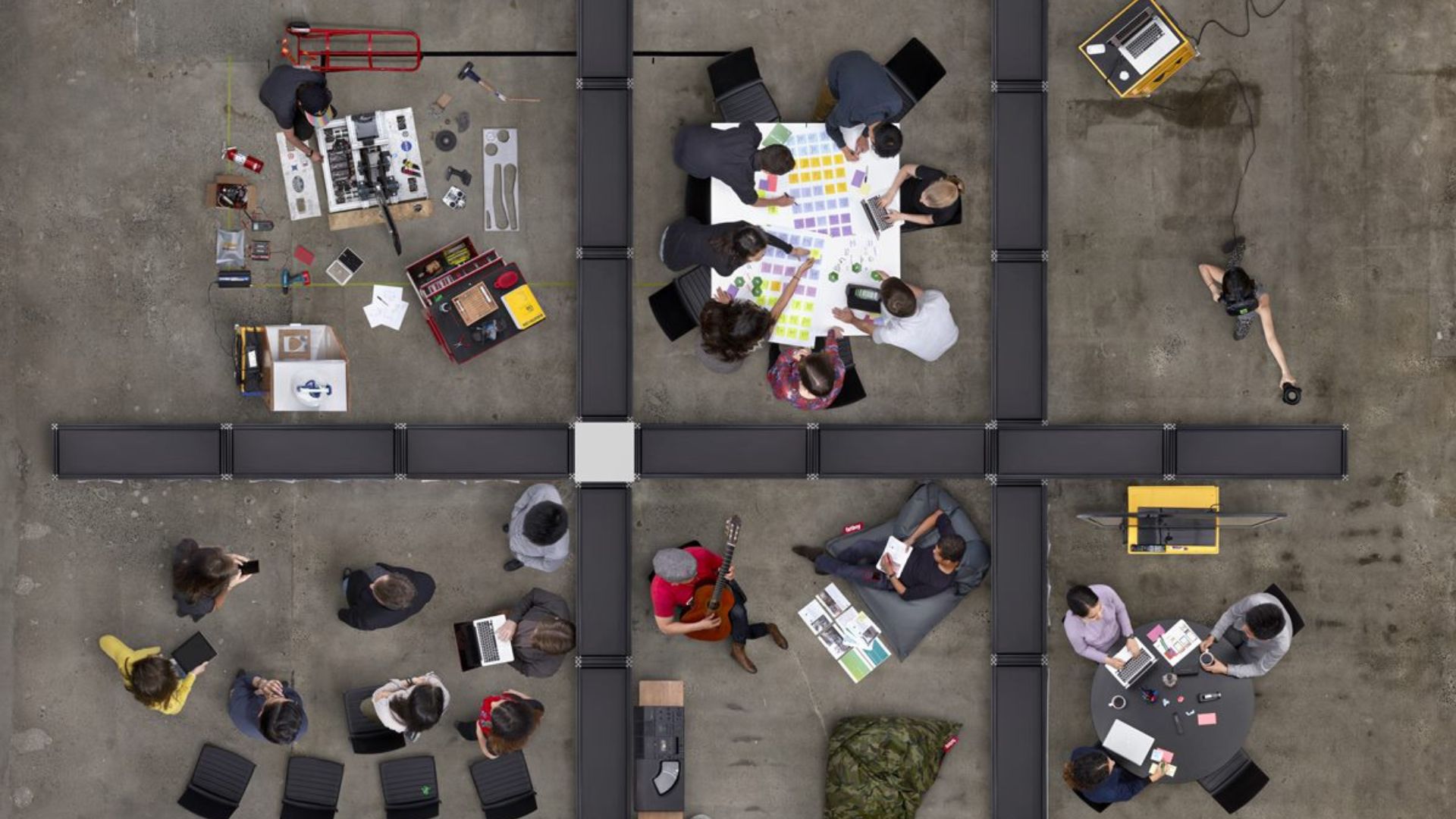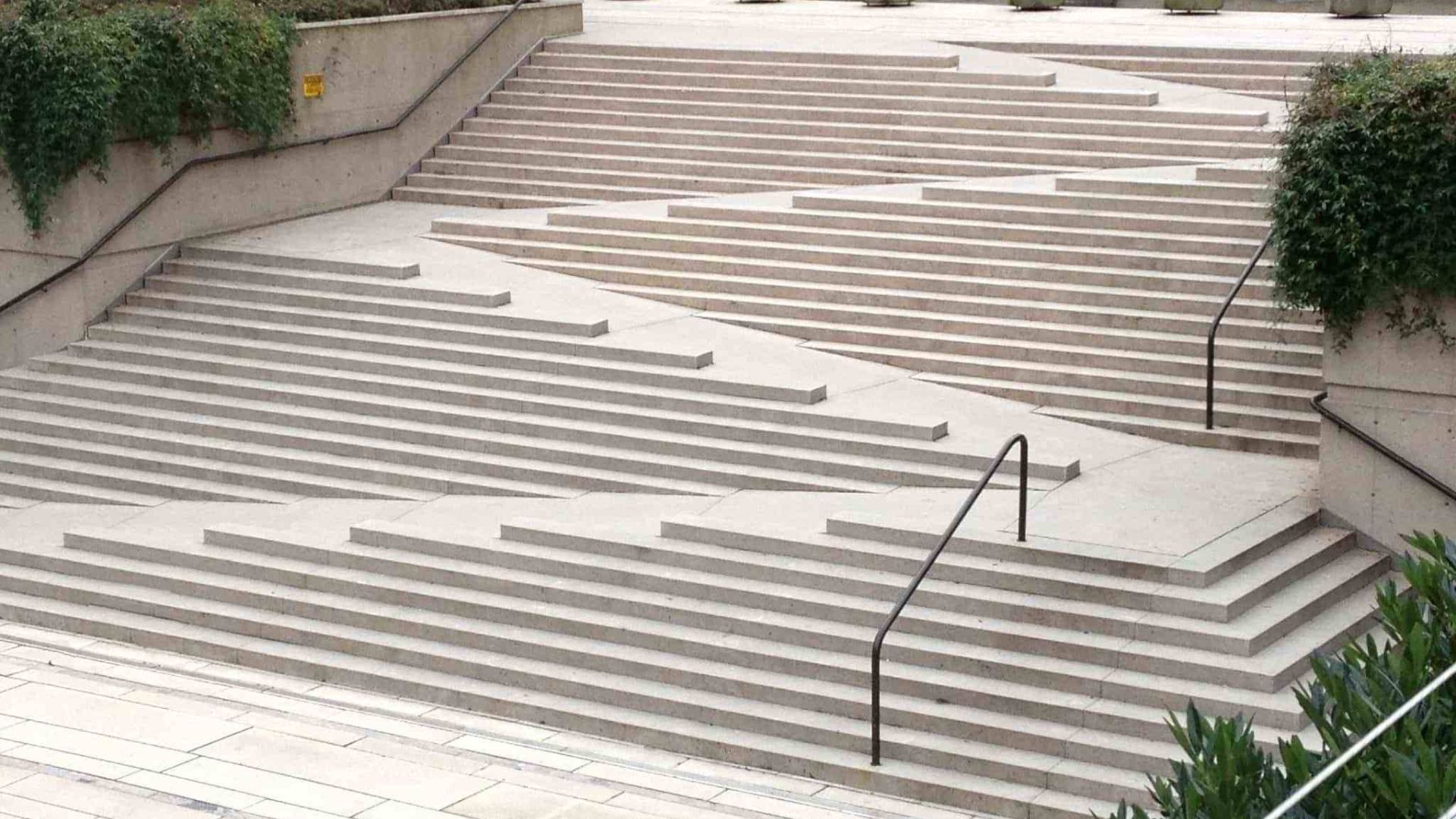What to do when someone (big) is “strongly inspired” by your design?
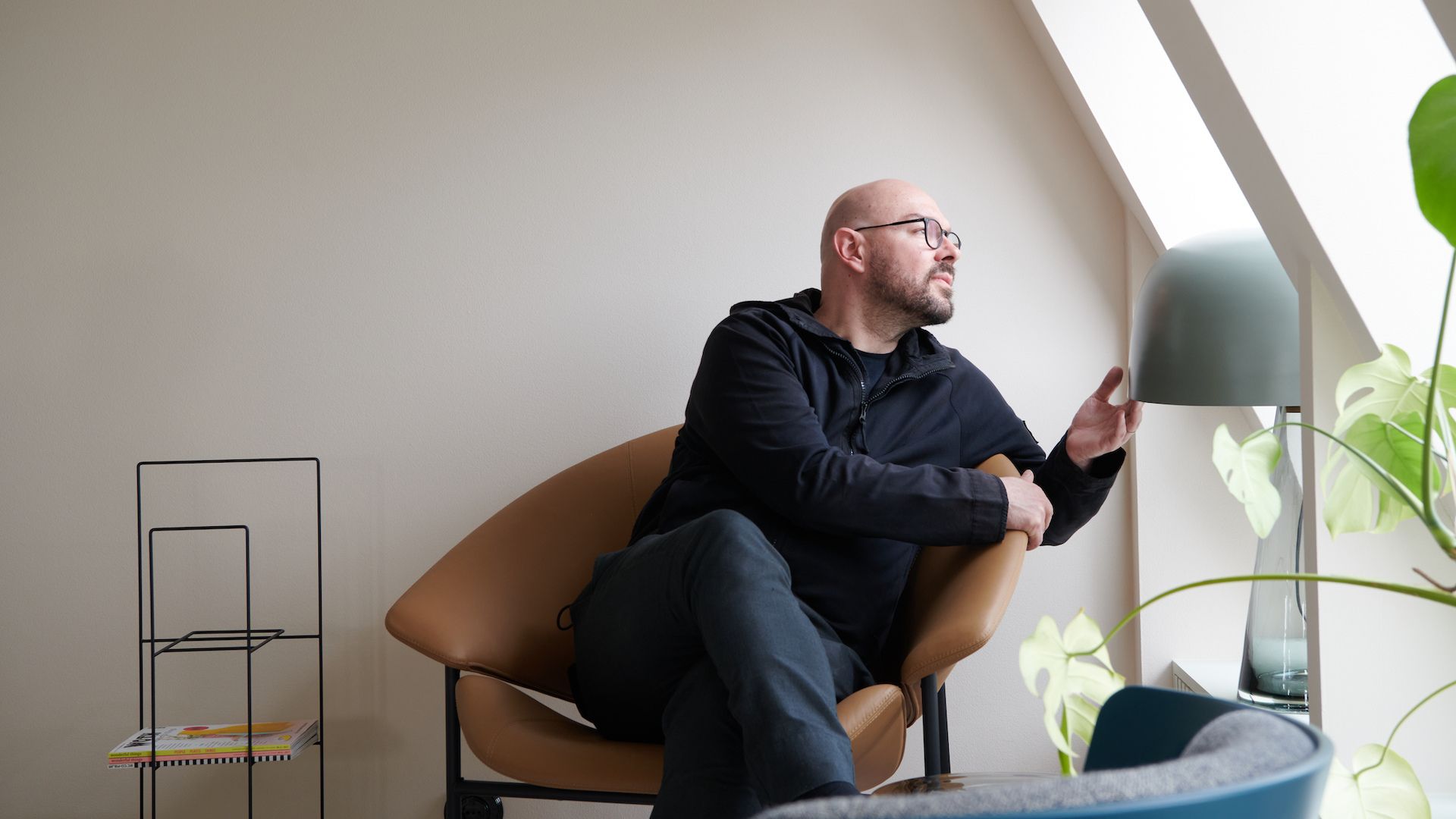
Luca Nichetto finds it funny that two emblazoned fashion maisons presented two pieces that recall (very very closely) two of his own. Indeed, even to the untrained eye, it’s hard to tell the Bottini Marble by Fendi Casa from Lato table designed by Nichetto for &Tradition (in 2018) or the Totems Lumineux by Louis Vuitton from the Pyrae for Salviati 1859 (from 2017).
Yet Luca Nichetto (who decided to come out with this story on his social media) doesn’t want to pronounce the word “copy”. Indeed the small differences – despite equal proportions, dimensions and material perceptions – would not allow anyone to claim we are in the presence of such things.

“Plus”, says Luca Nichetto, “a copy is something that ultimately harms brands by flooding the market with cheaper versions of your best-sellers. In this case, we are in an almost absurd situation: the Bottini Marble tables and the Totem Lumineux have much higher price tags than the originals in addition to Louis Vuitton and Fendi Casa being top brands. To such an extent that their popularity might actually favour &Tradition and Salviati 1859: people may see their designs and decide to go for the more affordable options”.

So what’s the point of bringing this out in the open?
Luca Nichetto:
“I did it for the love of my profession and in the hope that the work of designers gets more respect from big brands. When you are a powerhouse and have hordes of designers who would love to work for you, why would you decide to take someone else’s idea, have it replicated by your internal design studio, and put it on the market unnamed? Why not show it to a good designer – even better, a young, emerging talent that you scouted – and challenge him or her with evolving that idea?”
Why indeed? What’s your answer?
Luca Nichetto:
“I don’t know for sure. But I believe there is an arrogance to this: to view furniture design as merely attractive shapes that are solely meant to sell. I can see them using mood-boards, collecting trends to create a market hit. It’s a mechanical, passive way of working that is irrespective of creators’ ideas and concepts. This is what I find extremely degrading”.

The way you describe it, it sounds like an AI project…
Luca Nichetto:
“Exactly. It’s an almost automated approach that the design community should fight: otherwise we would lose the meaning of our profession to the machines”.
As a designer, how do you ensure not to copy someone else’s idea?
Luca Nichetto:
“First of all, one must be dedicated to not wanting to copy. Yet, as you are implying, this is not always easy, considering the great amount of objects produced and the widespread communication enabled by social media. It’s possible to have a very similar idea to someone else, and to produce a similar design. The difference, then, is in how you deal with it”.

What happens when, genuinely, a designer develops an idea that is the same as someone else’s?
Luca Nichetto:
“It happened to me so I know how I dealt with it.
In 2015 Hem launched a lamp that I had designed featuring 8 shapes and 10 different colors that could be combined in pairs. It was called Alphabeta. After the launch I was contacted by a young designer from Canada who had developed the same concept for a Canadian brand two years before. I hadn’t seen it (if I had, I would not have gone for such a thing, obviously) so I was apologetic and I proposed to introduce him to Hem and other brands that I was art directing as a designer. It was the least I could do, even if nothing came out of it in the end.
[ Read also How to open a small product design studio and make it work ]


It happened again this year: my Azores sofa for De La Espada follows an extremely similar thinking to the Grumetto sofa by Elena Salmistraro for Busnelli. They both launched at the same time, so obviously there were no issues and Elena and I laughed about it: these things can happen when certain moods are in the air. What matters is the intention, and, again, how you deal with it”.


So how do you wish Louis Vuitton and Fendi Casa dealt with this?
Luca Nichetto:
“I would appreciate it if they explained how this situation came to be; why they “got inspired” by my pieces. I would like to know why they didn’t give them to a designer to interpret but, rather, decided to leave the concepts as they were and left them unsigned in their collection. If someone takes my idea and develops it, adding its brand’s DNA to it (and possibly saying that they have done so), I would be extremely happy. I also want to be clear: I am not doing this because I want to work for them.
I don’t really see the point in their approach to furniture (contrary to the Hermès way of working that focuses on empowering craftsmanship). But considering how greatly young designers suffer and how hard it is for them to make it, it would be great if fashion houses spent some time and effort in proper scouting and gave opportunities to emerging talents. And I hope this discussion may lead to this”.
[ Head to Luca Nichetto’s official website to see his works ]

Are designers too obsessed with being copied?
Luca Nichetto:
“Some maybe, yes. I don’t feel obsessed though: people can copy your shapes but not your way of thinking and working. Companies normally choose you as a professional for a cocktail of qualities, not just for the shapes you produce. Copies are very bad for brands (when they sell for cheaper and affect products sold in millions) but for designers engaged in niche markets, they can even be considered a credit: it means they are a reference point for the market”.

Copying vs being inspired: where is the border?
Luca Nichetto:
“Looking closely at objects that we love is a very important part of designing. You must not stop at the looks, though, and go for the essence of things. Once you have figured it out, you should try to go beyond and add your own. And that’s where creative inspiration – such as Konstantin Grcic’s interpretation of Castiglioni’s Parentesis for Flos – is totally different from passive “inspiration”.
The Pyrae lamps, for instance, were developed for an installation (and then later sold by Salviati as limited pieces): the cap at the top was not well fixed due to the tolerances of glass. I would have loved it if for the Totem Lumineux (who only differ in the shapes of the glass pearls), Louis Vuitton had solved this issue, but they didn’t. There is no design advancement. And that’s the border for me.”












